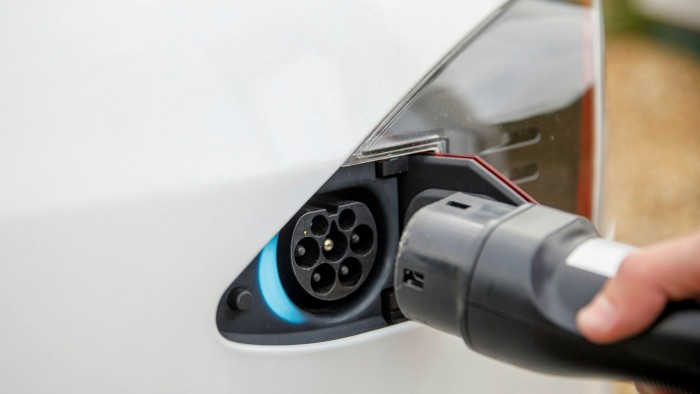How e-mobility can find a home in the country

Simply sign up to the Electric vehicles myFT Digest -- delivered directly to your inbox.
Advances in smart transport and e-mobility are set to transform our cities by reducing noise and pollution, improving traffic flow and easing pressure on public transport. But while e-scooters and electric vehicles (EVs) are more easily supported in densely populated cities, industry experts fear rural dwellers may miss out on the green vehicle revolution.
The longer distances involved in remote travel are a hurdle to smart transport proliferating across rural areas and more investment in infrastructure is required to counter this, says Paolo Pescatore, a technology analyst at consultancy PP Foresight.
“Other considerations are health and safety measures, which include the quality of roads with sufficient street lighting and minimum safety standards — especially for e-scooters — such as speed limits,” he says.
Poor communications infrastructure in some rural areas is another hurdle, as patchy coverage makes it harder to provide passenger information on journeys and manage a fleet of smart vehicles. The implementation of the UK’s “shared rural network” — a £1bn project aimed at improving regional mobile coverage — is a step in the right direction, but questions around the economics remain, says Mr Pescatore.
“It’s unclear whether the rollout of a small-scale fleet of smart transport [in rural areas] will result in a significant return of investment. In order for any move to be successful, it will require close partnerships between the public and private sector,” says Mr Pescatore.
Asad Hussain, a mobility analyst at data provider PitchBook, says “more electric truck and SUV models hitting the market; reduced battery manufacturing costs and government incentives to improve affordability; and increased investment in battery technology and charging infrastructure to address range anxiety” would help speed up the adoption of EVs in rural areas over the next decade.
Megha Lakhchaura, director of policy and utility programmes at the US unit of EVBox, a maker of EV charging technology, argues that e-mobility is already practical in rural areas of the US, and will become more so in future.
“The average range for an EV today is about 200 miles on a single charge, easily covering the distance of most driving trips, even in rural areas,” she says. “As more models of electric SUVs and pick-up trucks come to the market, residents in rural areas will realise enormous savings in electric fuel and maintenance costs.”

But with most of the US’s 83,000 public charging outlets located in urban areas, more investment in charging infrastructure is required, she says. Through “targeted rebates and incentives, the cost of installing this needed infrastructure can easily be defrayed — and governments and utilities will see economic benefits related to public health, grid management, and infrastructure development”.
In the UK, CPRE, the countryside charity, says that half of small towns in the South West and North East are “transport deserts”, leaving 1m people without access to “convenient and affordable public transport”.
Although the UK Department for Transport recently pledged £5bn for bus and cycle networks across England and Wales over five years, “e-scooters and e-bikes can offer a sustainable alternative for shorter journeys and for accessing major transport hubs”, says Matt Banks, an e-mobility buyer at retailer Halfords.
Although lacking the infrastructure of many western nations, rural Africa presents an excellent location for e-mobility to proliferate, according to Rolf Huber, managing director of Siemens Stiftung, a non-profit corporate foundation.
“Unlimited sunshine and temperatures never below zero are the ideal conditions for green energy and a long life for the batteries,” he says.
“The normal distances are well below 100 miles a day and speeds are limited due to the conditions of the roads. Petrol in remote areas is highly expensive, needs to be imported in most of the countries while the rate of transportation needs is exploding.”
Siemens Stiftung is partnering with several companies to develop e-motorbikes and e-cargo bikes and has set up solar-charging hubs in the Lake Victoria region.
“Africa has all the resources and requirements to leapfrog into a new era of independent and green mobility,” adds Mr Huber. “The goal is to have as much local production and sourcing to create local jobs and develop skills and in this strengthen the local economy.”

Comments